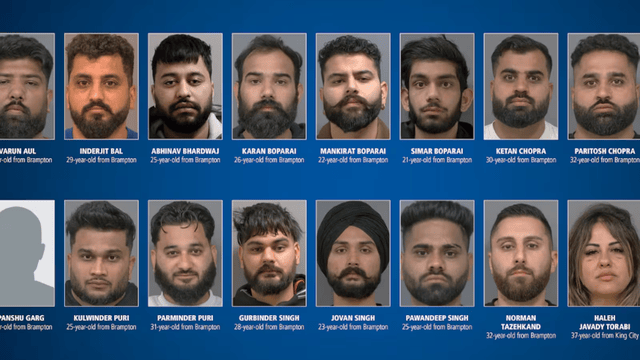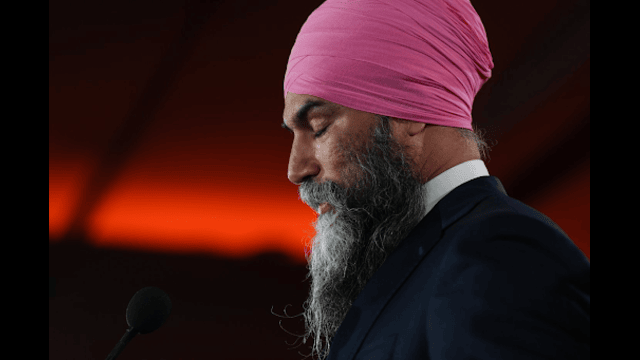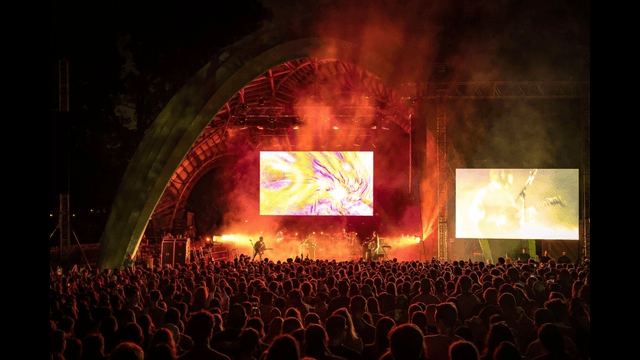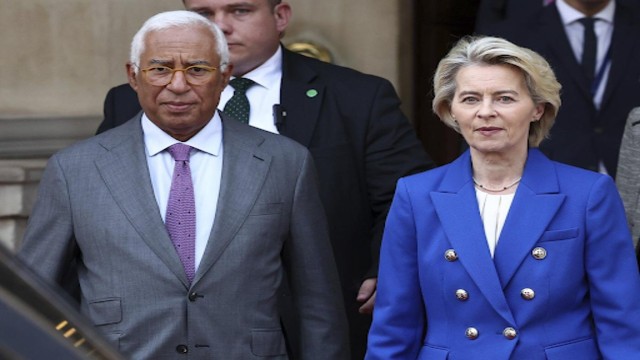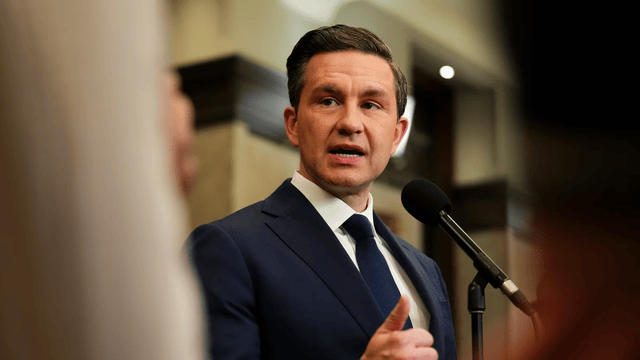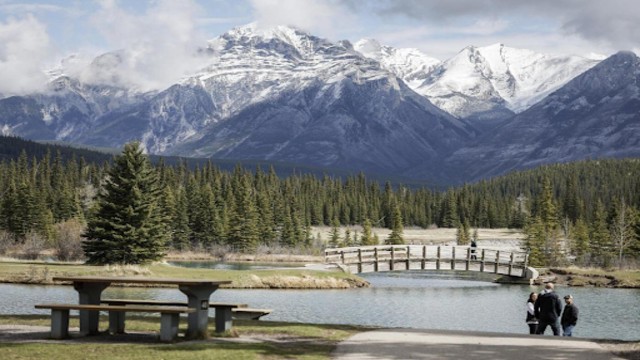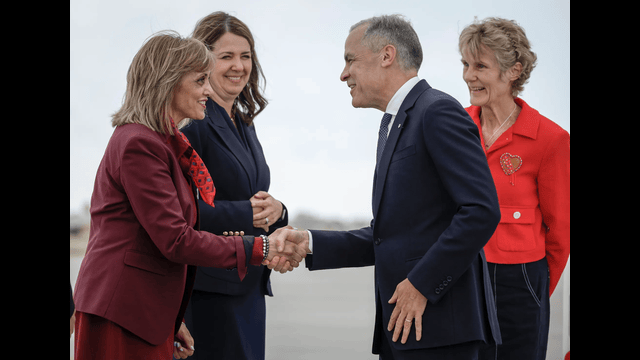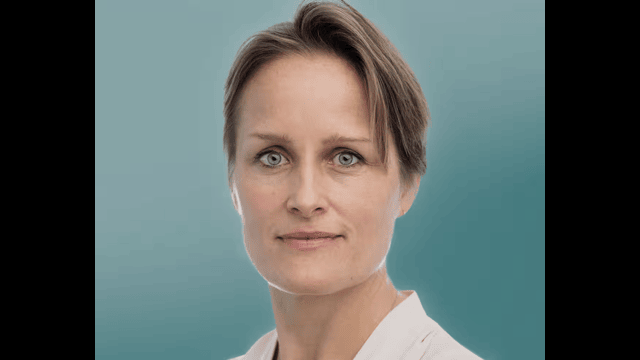
In this SpaceX video, tech entrepreneur Jared Isaacman is seen waving as he exits the capsule after safely returning with his crew. The capsule landed in the Gulf of Mexico near Florida’s Dry Tortugas early on Sunday, September 15, 2024. (SpaceX)
On Sunday, tech billionaire Jared Isaacman and his crew returned to Earth after completing a groundbreaking five-day space mission that saw them travel farther than anyone has since NASA’s moon missions. Their journey aboard SpaceX’s capsule reached incredible heights—up to 875 miles (1,408 kilometres) above Earth, surpassing the International Space Station and the Hubble Space Telescope.
Their capsule, operated by SpaceX, made a safe splashdown in the Gulf of Mexico, near Florida’s Dry Tortugas, during the early morning hours. Alongside Isaacman were two SpaceX engineers and a former U.S. Air Force Thunderbird pilot, marking a successful conclusion to a historic space trip.
The crew's mission was notable for many reasons, but most significantly, they completed the first-ever private spacewalk. Orbiting about 460 miles (740 kilometres) above Earth, they ventured beyond the safety of their spacecraft in SpaceX's new spacesuits, paving the way for future private space exploration. Isaacman himself became the 264th person to perform a spacewalk since 1965, and SpaceX engineer Sarah Gillis followed as the 265th. Until now, spacewalks were exclusively conducted by professional astronauts, making this achievement a major step forward in private space travel.
Upon the capsule's splashdown, the excitement was palpable. “We are mission complete,” Isaacman reported as their craft floated in the Gulf waters, awaiting recovery. Within an hour, the four crew members were out of their capsule, visibly elated, celebrating the success of their mission. The recovery team greeted them and later emerged onto the ship’s deck, pumping their fists in triumph.
This mission also marked the first time SpaceX aimed for a splashdown near the Dry Tortugas, a group of islands 70 miles (113 kilometres) west of Key West, Florida. Typically, the company targets areas closer to the Florida coast. However, with poor weather forecasts for over two weeks, they decided to opt for a new location. To commemorate this special landing site, SpaceX employees at Mission Control in California celebrated by bringing a green turtle balloon—a playful nod to the Dry Tortugas.
This black-and-white thermal image from SpaceX video captures the moment the capsule, carrying tech entrepreneur Jared Isaacman and his crew, splashes down in the Gulf of Mexico near Florida’s Dry Tortugas early Sunday, September 15, 2024. AP Photo
On Thursday, the crew carried out the commercial spacewalk, which lasted less than two hours. While it was significantly shorter than spacewalks at the International Space Station, it was a significant step in testing SpaceX’s new spacesuits. The capsule’s hatch remained open for about half an hour during the walk. Isaacman was the first to emerge, briefly testing the new spacesuit design. Following him was Gillis, who stretched her arms and legs to evaluate the suit's flexibility. This spacewalk was mostly about testing, but it also had a lighter touch—Gillis, a trained violinist, performed a musical piece in orbit earlier in the mission, adding a unique artistic moment to their journey.
Isaacman has ambitious plans for the future, as this was just one part of his personal space exploration program, Polaris, named after the North Star. This mission, dubbed Polaris Dawn, was his second flight with SpaceX, with two more planned in the future. Isaacman, founder and CEO of Shift4, a payment processing company, has financed much of the program himself. While he remains tight-lipped about the exact costs, it is clear he is deeply invested in expanding humanity’s reach into space.
Isaacman’s space ventures began in 2021 when he took part in his first SpaceX flight, where he brought along contest winners and even a pediatric cancer survivor. That mission also served a charitable cause, raising over $250 million for St. Jude Children’s Research Hospital. For the Polaris Dawn mission, he has again shared the costs with SpaceX, continuing his commitment to space exploration and testing technologies for future missions, including potential journeys to Mars.


